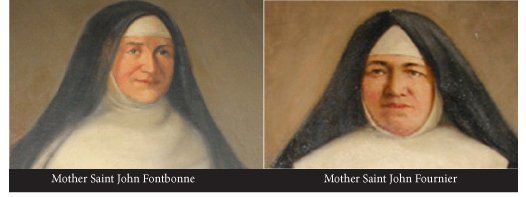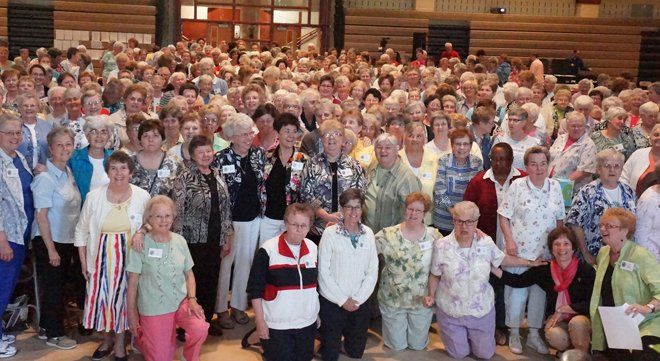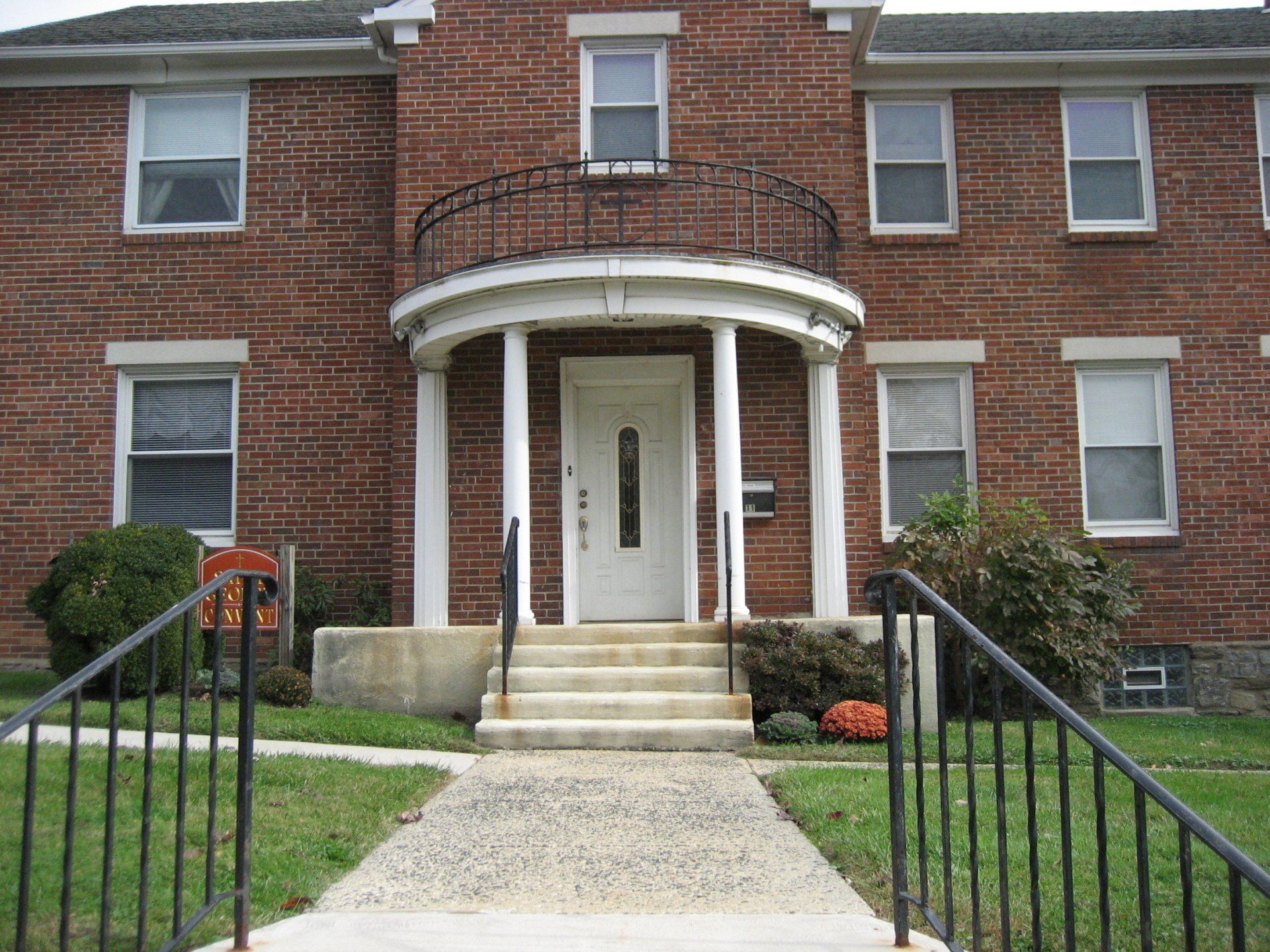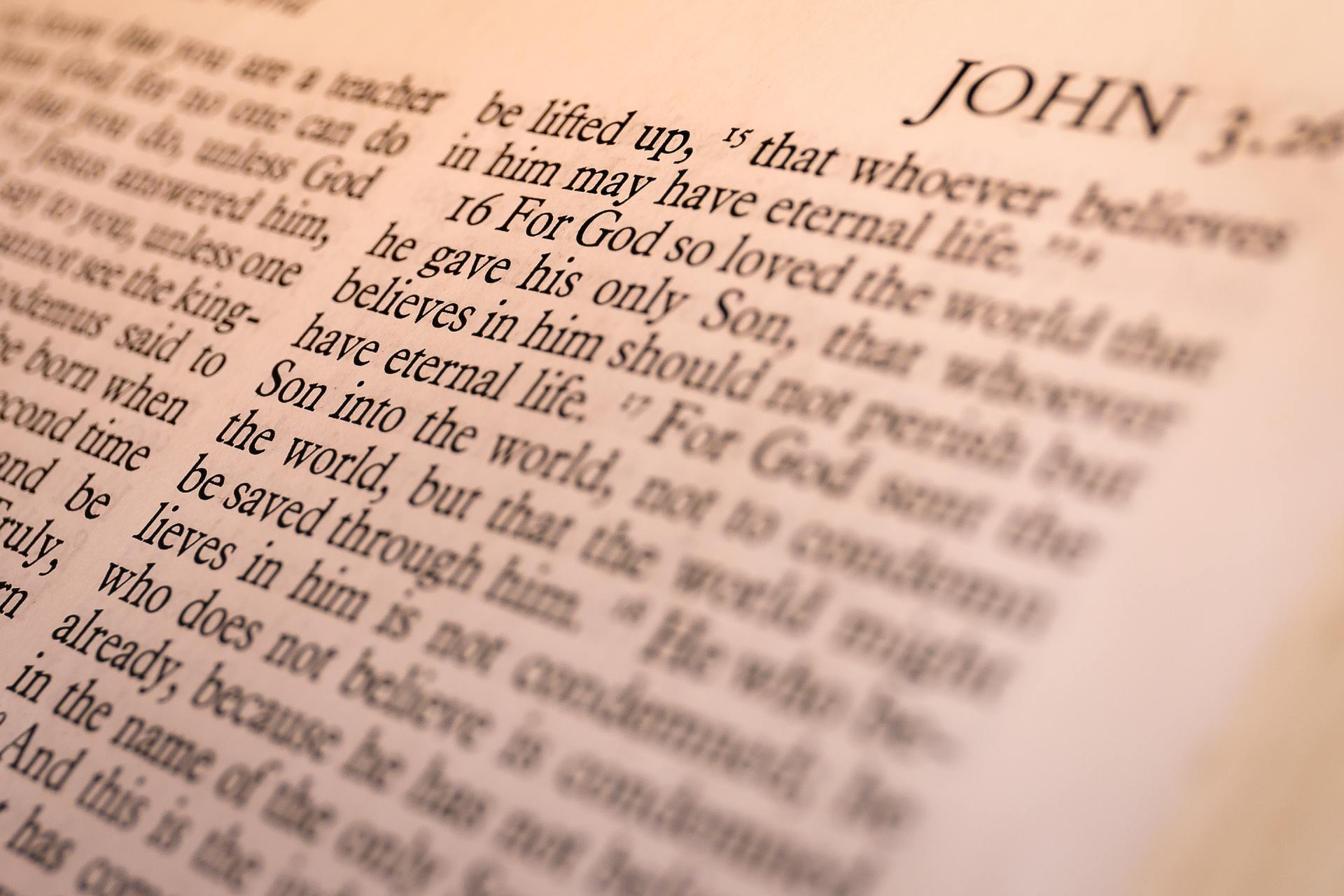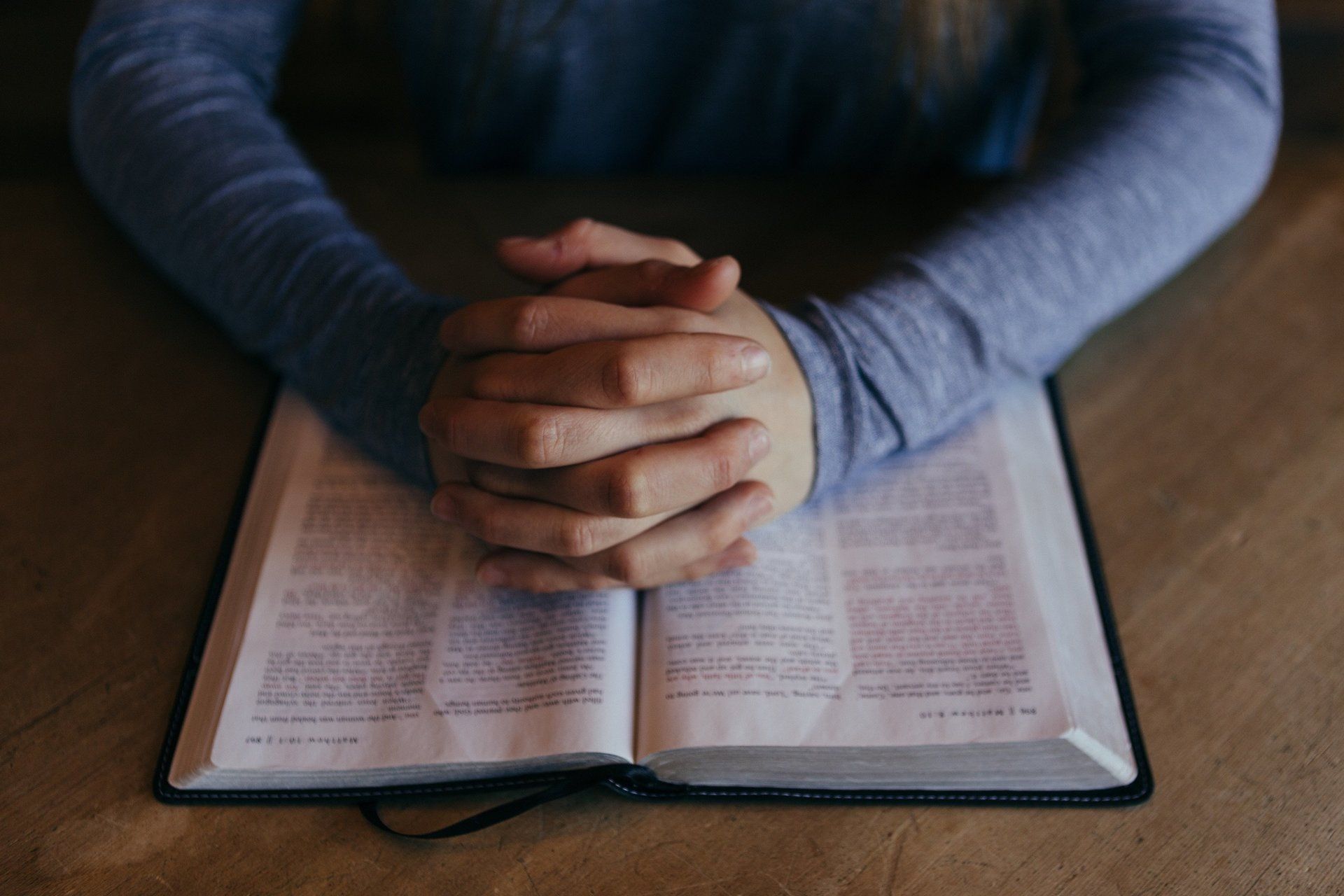The Sisters of Saint Joseph trace their origins and spirit to six women, who came together in 1650 in war-ravaged LePuy France, with great desires for union with God, among themselves and with “every sort of neighbor.”
Encouraged and aided by Jesuit Jean Pierre Médaille, they were among the first to create religious life for women outside cloister.
Under the patronage of Saint Joseph, they dedicated themselves to “the practice of all the spiritual and corporal works of mercy of which woman is capable and which will most benefit the dear neighbor.”
From that small band of women, communities spread rapidly throughout south central France. Their communities were dispersed during the turmoil of the French Revolution. Some sisters were imprisoned; five were guillotined.
Mother Saint John Fontbonne, a heroic woman who narrowly escaped execution, refounded the Lyon branch of the Congregation in 1807. Under her leadership the communities flourished. In 1836, in response to needs of the Church in the Missouri mission, she sent six sisters to St. Louis. From the St. Louis foundation, Sisters of Saint Joseph spread throughout the United States and Canada.
In 1847, French missionary Mother Saint John Fournier left St. Louis for Philadelphia. There she and three other sisters provided care at Saint John’s Orphanage for Boys. To each new call for assistance, our sisters responded with a generosity that prompted Bishop Kenrick to describe us as sisters “ready for any good work.”
Faithful to their spirit we continue to respond to the sufferings and injustices of each particular time and place.
With the advice and support of Bishop John Neumann, our sisters acquired our first novitiate and academy in McSherrystown, PA in 1854. In 1858, they purchased the Middleton family home, the current administrative center in Philadelphia, and the first site of Mount Saint Joseph Academy. Our sisters’ wholehearted response to the educational needs of new immigrants, in both urban and rural settings, focused energy in schools of every kind and at every level. We often followed a pattern of establishing free schools, partnering them with academies for paying students. At the same time we met the emerging needs of families in creative ways.In the 19th and 20th centuries, response to our mission also called us to the careof orphans, children with special needs, and widows, as well as to the formation of catechists.
